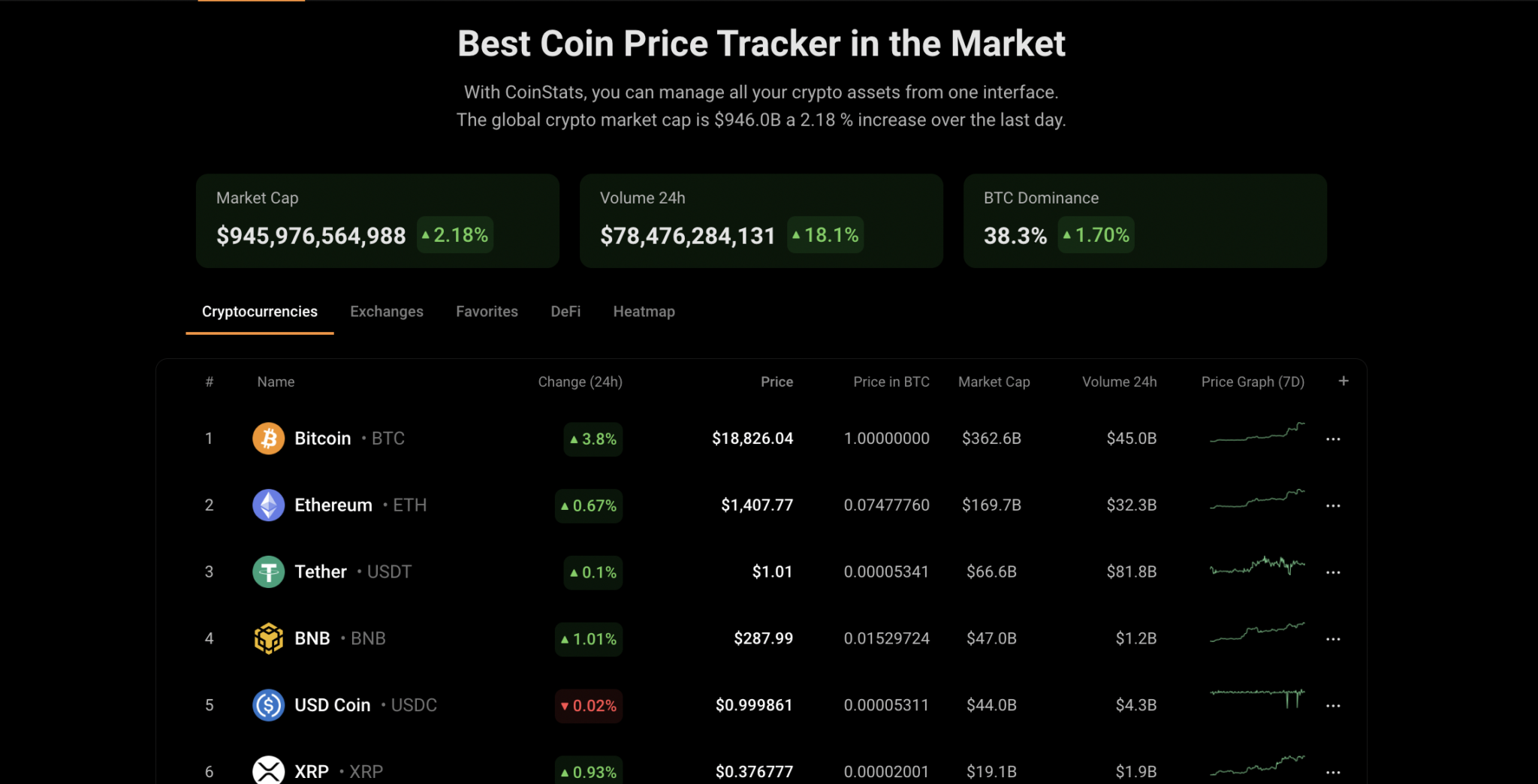All the cryptocurrencies
The Bitcoin market cap is currently 2,044.52 billion. We arrive at this figure by multiplying the price of 1 BTC and the circulating supply of Bitcoin. The Bitcoin price is currently $ 102,926 and its circulating supply is 19 https://elmergernaleartworks.com/.86 million. If we multiply these two numbers, we arrive at a market cap of 2,044.52 billion.
In order to send and receive a cryptocurrency, you need a cryptocurrency wallet. A cryptocurrency wallet is software that manages private and public keys. In the case of Bitcoin, as long as you control the private key necessary to transact with your BTC, you can send your BTC to anyone in the world for any reason.
Play-to-earn (P2E) games, also known as GameFi, has emerged as an extremely popular category in the crypto space. It combines non-fungible tokens (NFT), in-game crypto tokens, decentralized finance (DeFi) elements and sometimes even metaverse applications. Players have an opportunity to generate revenue by giving their time (and sometimes capital) and playing these games.
Let’s quickly calculate the market cap of Bitcoin as an example. The Bitcoin price is currently $ 102,926 and there are 19.86 million BTC coins in circulation. If we use the formula from above, we multiply the two numbers and arrive at a market cap of 2,044.52 billion.

Are all cryptocurrencies based on blockchain
Because of the decentralized nature of the Bitcoin blockchain, all transactions can be transparently viewed by downloading and inspecting them or by using blockchain explorers that allow anyone to see transactions occurring live. Each node has its own copy of the chain that gets updated as fresh blocks are confirmed and added. This means that if you wanted to, you could track a bitcoin wherever it goes.
© 2017 – 2025 PwC. All rights reserved. PwC refers to the PwC network and/or one or more of its member firms, each of which is a separate legal entity. Please see www.pwc.com/structure for further details.
How much money can you make from Bitcoin Mining Pools? The amount of money that you can earn from bitcoin mining pools varies depending on several factors. Before you join any pool, it’s a good idea to do some research on the number of rewards that other miners are receiving and how much they are paying out to members who play by the rules.

Because of the decentralized nature of the Bitcoin blockchain, all transactions can be transparently viewed by downloading and inspecting them or by using blockchain explorers that allow anyone to see transactions occurring live. Each node has its own copy of the chain that gets updated as fresh blocks are confirmed and added. This means that if you wanted to, you could track a bitcoin wherever it goes.
© 2017 – 2025 PwC. All rights reserved. PwC refers to the PwC network and/or one or more of its member firms, each of which is a separate legal entity. Please see www.pwc.com/structure for further details.
Why do all cryptocurrencies rise and fall together
Losing market perception reduces the demand for a cryptocurrency and drives its value down. If you ever asked yourself, “why is crypto going down?” or wondered why some tokens crash (its value fell to zero or near-zero), a loss of market perception is often to blame.
Similarly, if investors consider the investment too risky, they may pull out and reduce the demand, causing a drop in value. If you’ve ever asked yourself, “Why is the crypto market down this summer,” it is primarily due to external circumstances like gas prices and inflation causing investors to pull out.
Demand is another critical factor in cryptocurrency price movements. When more people want to buy a cryptocurrency, its price goes up. Conversely, when demand decreases, prices fall. Trading volume often reflects this dynamic. For example, the global cryptocurrency market saw trading volumes peak at $3 trillion in November 2021, showcasing how investor activity can drive price changes.
Risk-on and risk-off environments, usually created by central bank policies and macroeconomic conditions, also play a major role in the movement of cryptocurrencies. These environments influence both traditional stocks and cryptocurrencies similarly. During a risk-on phase, investors are willing to take more risks, leading to a rise in the value of cryptocurrencies. Conversely, in a risk-off phase, investors tend to move towards safer investments, causing a decrease in the value of cryptocurrencies.

